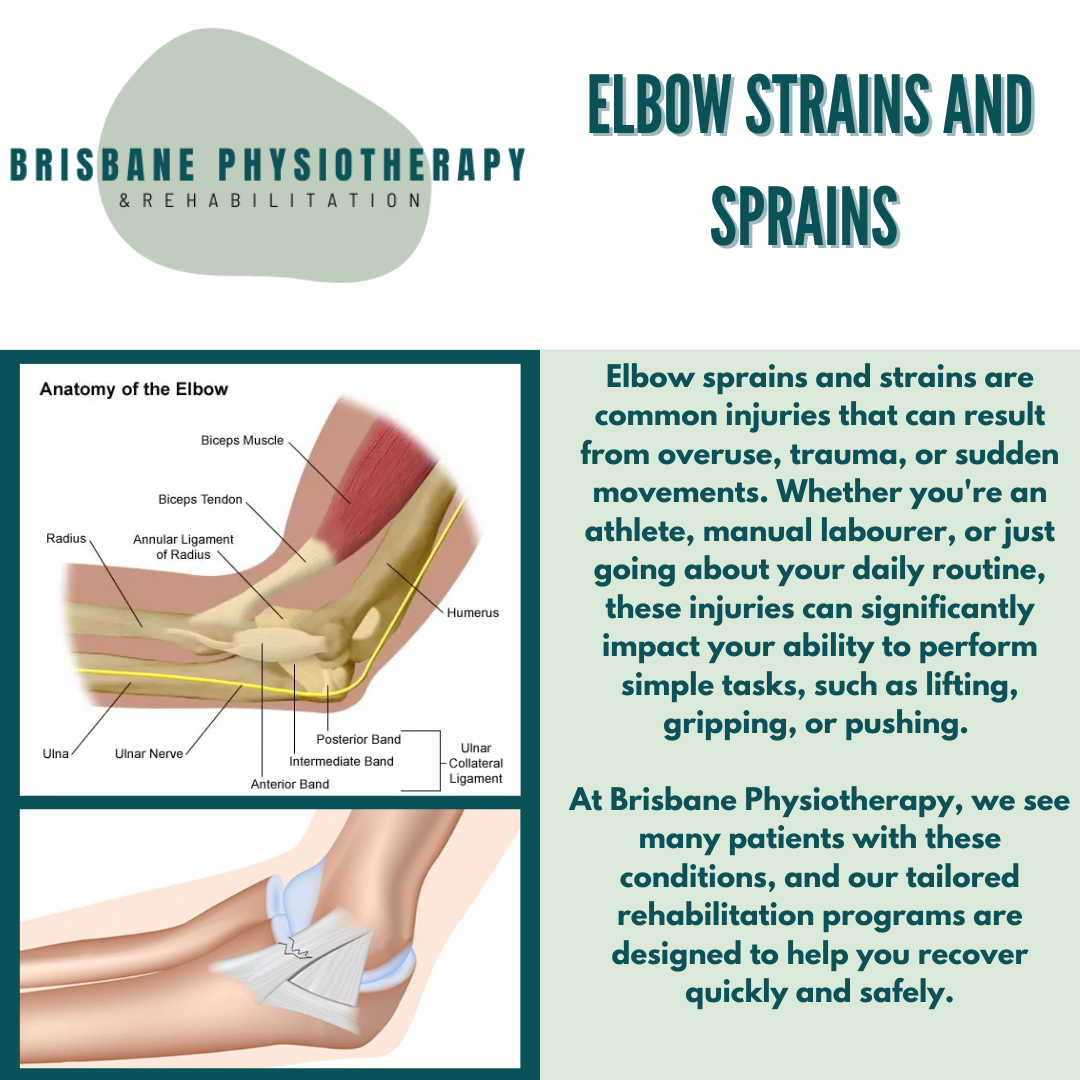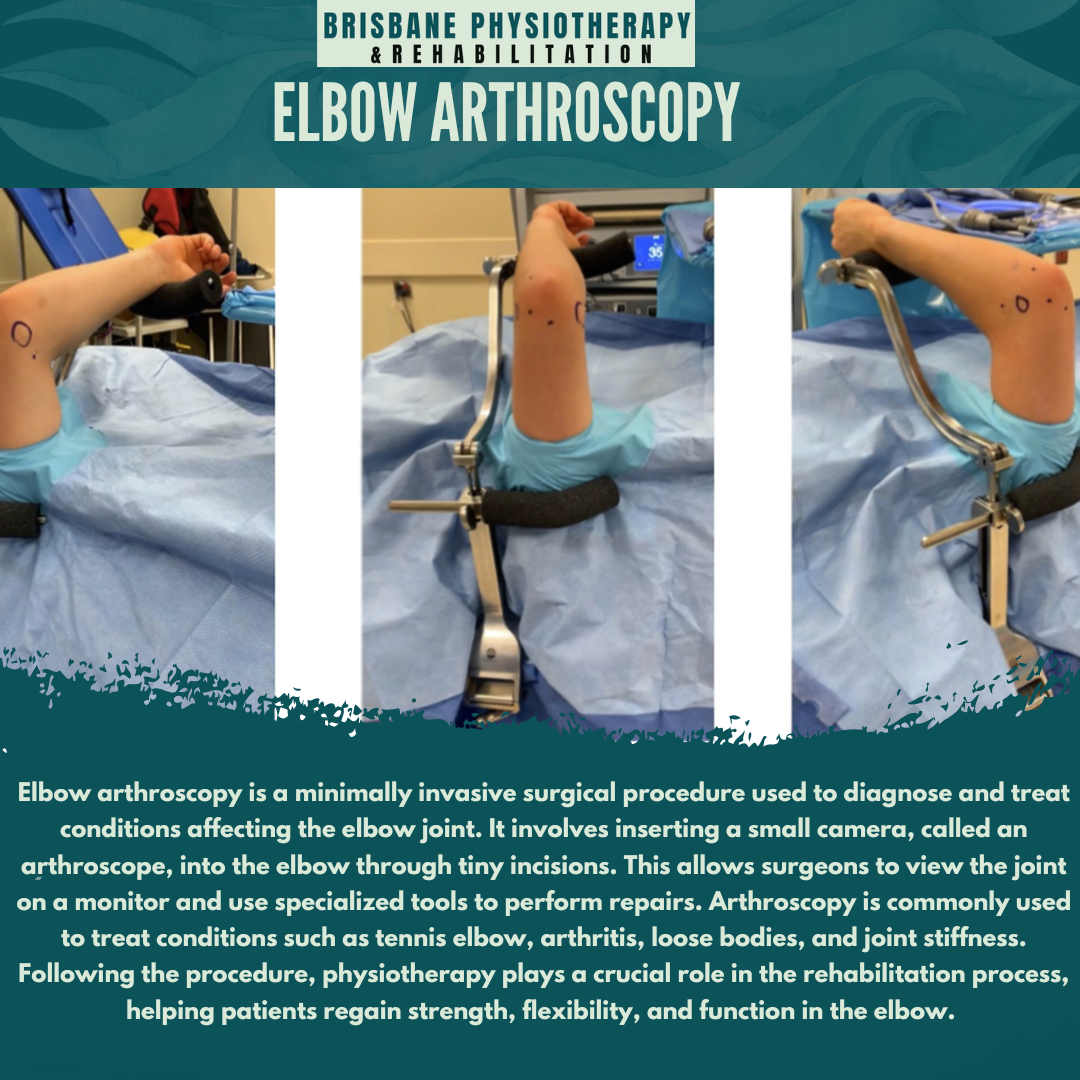
News & Articles

Technique Series: Bench Press
The bench press is a classic strength exercise that targets the chest, shoulders, and triceps. It's a staple in many workout routines, especially for building upper body strength. However, without proper form, the bench press can lead to shoulder, elbow, or even lower back injuries. Maintaining correct technique is essential for both safety and efficiency. A physiotherapist can help you improve your form and ensure that you're pressing safely and effectively.

Technique Series: Deadlifting
The deadlift is a fundamental strength exercise that works multiple muscle groups, including the legs, glutes, back, and core. When performed correctly, it builds strength, improves posture, and enhances functional movement. However, poor form during a deadlift can lead to serious injury, particularly to the lower back, knees, and hips. Working with a physiotherapist can ensure you maintain proper form, avoid injury, and get the most out of this powerful lift.

Squats: Form, Technique & Types
The squat is one of the most effective exercises for building strength in the lower body, targeting the quads, hamstrings, glutes, and core. However, performing squats with poor form can lead to knee, hip, or lower back injuries. Learning proper squat technique is crucial for maximising results and avoiding strain. Physiotherapists can play a key role in helping you improve your squat form and prevent injuries.

Understanding EOS Scans and their Impact on Physiotherapy Outcomes
In the world of physiotherapy, accurate diagnosis and treatment planning are essential for achieving positive outcomes. EOS scans, a relatively new imaging technology, have emerged as a game-changer, providing detailed, 3D images that enhance both assessment and intervention strategies. In this blog, we will explore what EOS scans are, how they work, and the impact they have on physiotherapy outcomes.

Elbow Sprains and Strains: Physiotherapy for Effective Recovery
Elbow sprains and strains are common injuries that can result from overuse, trauma, or sudden movements. Whether you're an athlete, manual labourer, or just going about your daily routine, these injuries can significantly impact your ability to perform simple tasks, such as lifting, gripping, or pushing. At Brisbane Physiotherapy, we see many patients with these conditions, and our tailored rehabilitation programs are designed to help you recover quickly and safely.

Elbow Stiffness
Elbow stiffness is a common condition that can severely limit your arm's range of motion, making daily tasks such as lifting, gripping, or bending the arm difficult. At Brisbane Physiotherapy, we specialise in treating elbow stiffness through personalised rehabilitation plans designed to restore movement, strength, and flexibility.

What is an Elbow Arthroscopy?
Elbow arthroscopy is a minimally invasive surgical procedure used to diagnose and treat conditions affecting the elbow joint. It involves inserting a small camera, called an arthroscope, into the elbow through tiny incisions. This allows surgeons to view the joint on a monitor and use specialized tools to perform repairs. Arthroscopy is commonly used to treat conditions such as tennis elbow, arthritis, loose bodies, and joint stiffness. Following the procedure, physiotherapy plays a crucial role in the rehabilitation process, helping patients regain strength, flexibility, and function in the elbow.

What is Dupuytren's Contracture?
Dupuytren’s Contracture is a condition that affects the hand, causing thickening and tightening of the fascia, the tissue just beneath the skin of the palm. This results in one or more fingers, typically the ring and little fingers, being pulled into a bent position. Over time, the contracture can worsen, making it difficult to perform everyday tasks like gripping objects or shaking hands. At Brisbane Physiotherapy, we understand how limiting Dupuytren’s Contracture can be and offer treatments that focus on improving hand function and mobility.

Distal Humerus Fracture: Recovery and Rehabilitation
A distal humerus fracture is a break in the lower end of the upper arm bone (humerus), near the elbow joint. This type of fracture is often caused by trauma, such as falling on an outstretched arm, sports injuries, or car accidents. Distal humerus fractures can be complex due to their proximity to the elbow joint, affecting the bone, cartilage, ligaments, and surrounding muscles. Proper treatment and a well-structured physiotherapy program are essential for a full recovery, as this type of injury can significantly impact arm mobility and strength.

Understanding Dislocations vs. Subluxations
Dislocations
A dislocation occurs when the bones in a joint are forced out of their normal position. This often results from trauma, such as a fall or a sports injury. Dislocations cause severe pain, swelling, and visible deformity at the joint. The affected joint becomes immobile, and immediate medical attention is required to reposition the bones.
Subluxations
Subluxation is a partial dislocation where the bones are misaligned but not completely displaced. This condition may occur due to repetitive stress or minor trauma. Symptoms can include pain, discomfort, and a feeling of instability in the joint. Unlike complete dislocations, subluxations may not always cause noticeable deformity or require emergency care, but they still need proper management to prevent long-term issues.